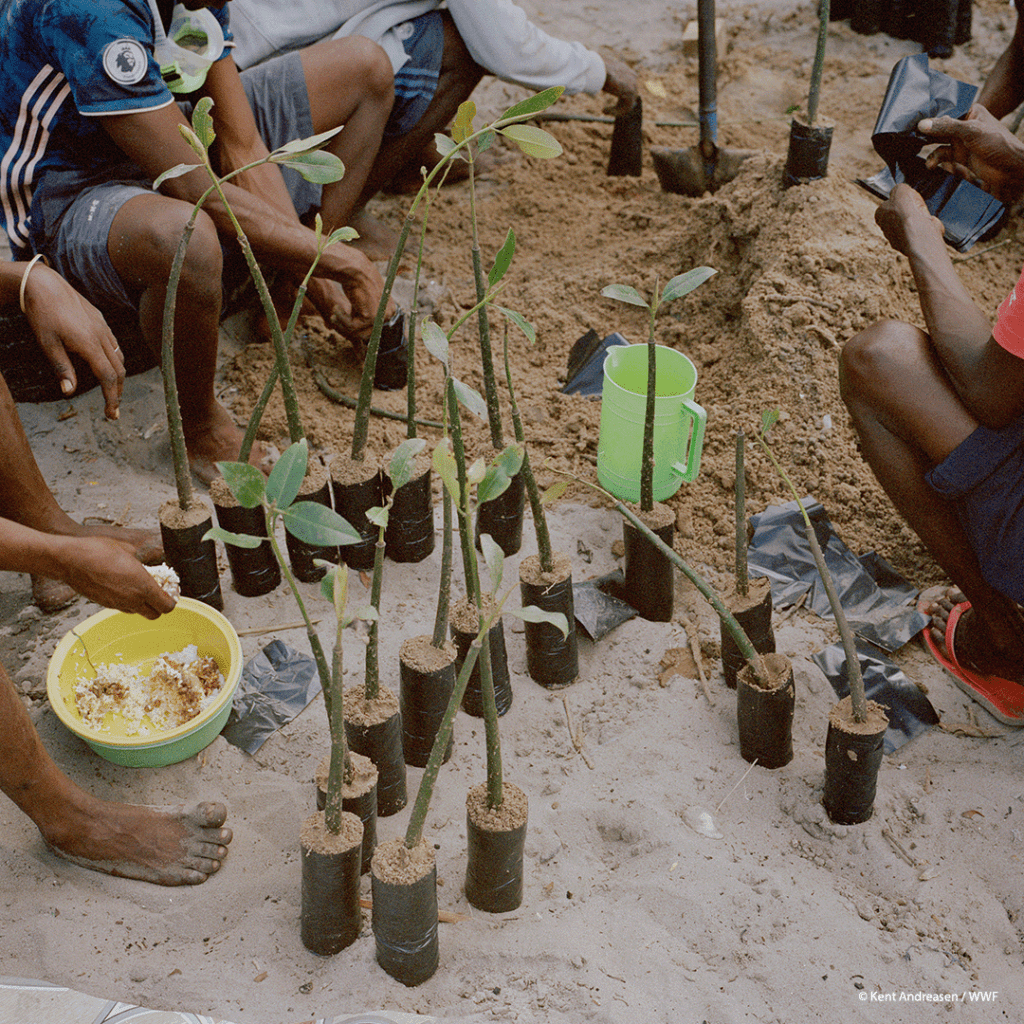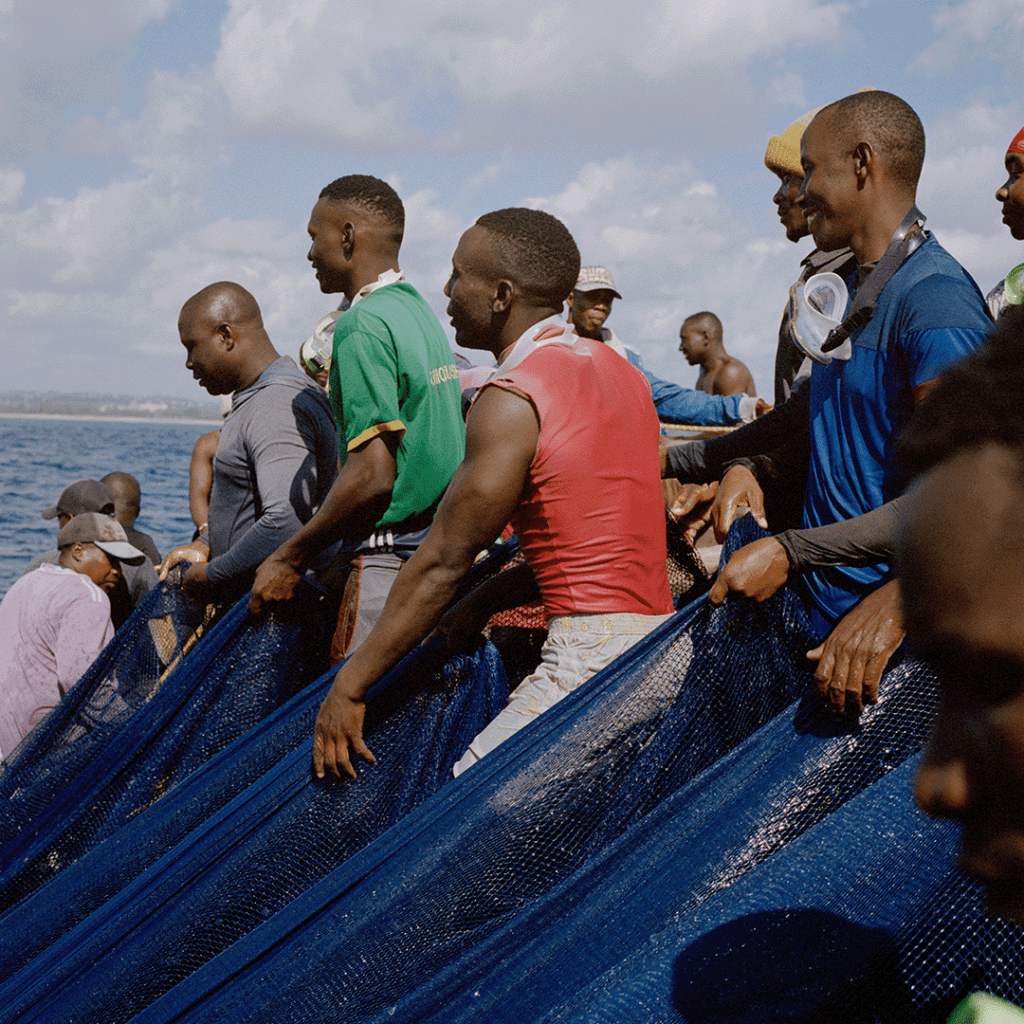Tanzania’s Mangrove Guardians
The close relationship between mangroves and the fishing community
“A large percentage of mangrove conservationist are the fishing community,” states Kaitira Benard Nyahuro when he shows us around the coastal area of Dar es Salaam in Tanzania. The aquatic scientist spends most of his time working with coastal communities, encouraging them to focus on conservation and sustainable use of aquatic resources. Speaking with the local communities and hearing their thoughts and worries he has a large experience of how conservation can be successful through community-based approaches. And how protecting coastal ecosystems like mangroves create ripple effects that benefit the whole community.
With its 1.424 km long coastline, Tanzania is home to the third largest extent of mangroves in the Western Indian Ocean region. They store 8% of the country´s total fossil fuel CO2 emissions and provide protection from tropical storms and coastal flooding. But as mangroves everywhere are decreasing, so have Tanzanian mangroves suffered from deforestation and over-exploitation.
In the last five years of working in the field, Kaitira Benard, founder and Program Manager at Aqua- Farms Organization was able to restore 20.000 mangrove trees in the coastal areas of Tanzania. A leading example of where mangrove conservation was successful is the Kunduchi village. It started with Kaitira training local fisherman on mangrove nursery rearing and led to the establishment of a community-led mangrove nursery. The men have developed a cooperative approach in both fishing and mangrove conservation. Because it is the fishermen who are most aware of the close relationship between healthy mangroves and abundance of fish. Before and after they go out to fish, they stop by the nursery to check on the 1700 mangrove seedlings they have reared, fill up the soil on the plastic bags, clean the nursery by removing the weeds, and – during the low tides season – irrigate the nursery.

Mangroves are vital breeding grounds for over 3000 fish species. A destruction of these ecosystems leads to a direct reduction of fish – a catastrophic result for both marine biodiversity and food security. The State of the World´s Mangroves 2022 report estimates that mangroves support the production of nearly 600 billion young of shrimp and fish species, as well as 100 billion individuals of crabs and bivalves. 43.000 artisanal fishermen rely on Tanzanian mangroves. Without them, their livelihoods are in danger.

© Kent Andreasen / WWF
But fishing is not the only way coastal communities directly benefit from protecting and restoring mangroves. Honey collected from bees that pollinate mangroves is known to have a particular fine quality. Selling the seedlings cultivated in mangrove nurseries to conservationists provides valuable income. Since mangroves are excellent at storing carbon, selling carbon credits is another way communities can generate income from mangroves. And mangroves serve as an attraction for both tourists and scientists who are looking for opportunities to spend time exploring the wonderous trees.
About Kaitira Benard Nyahuro
